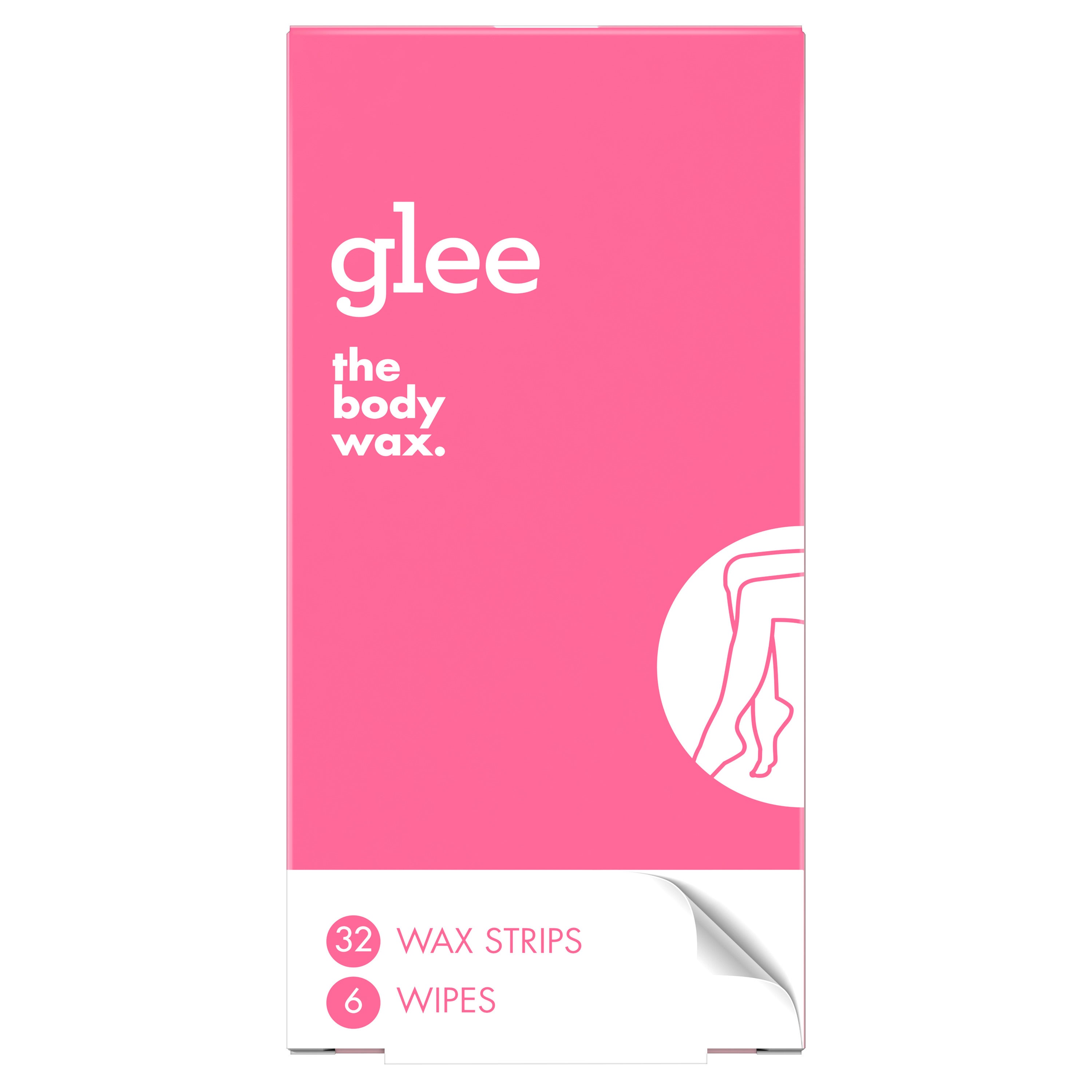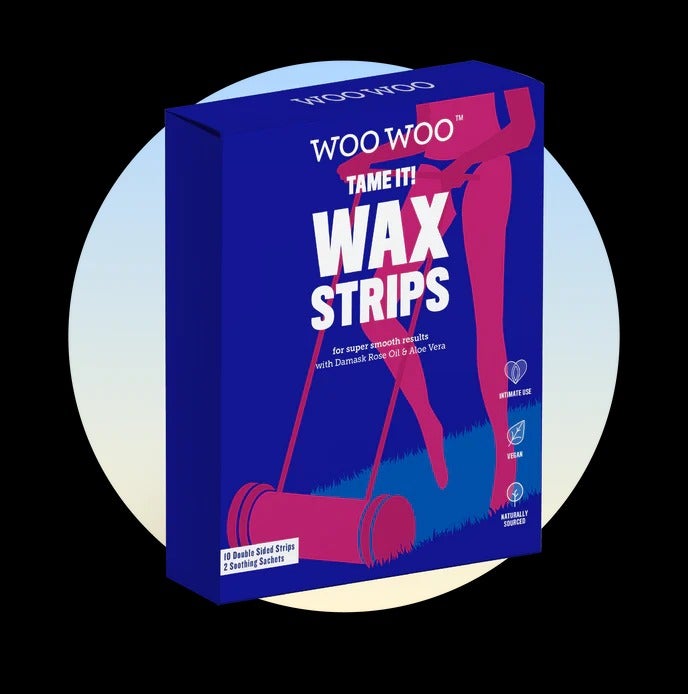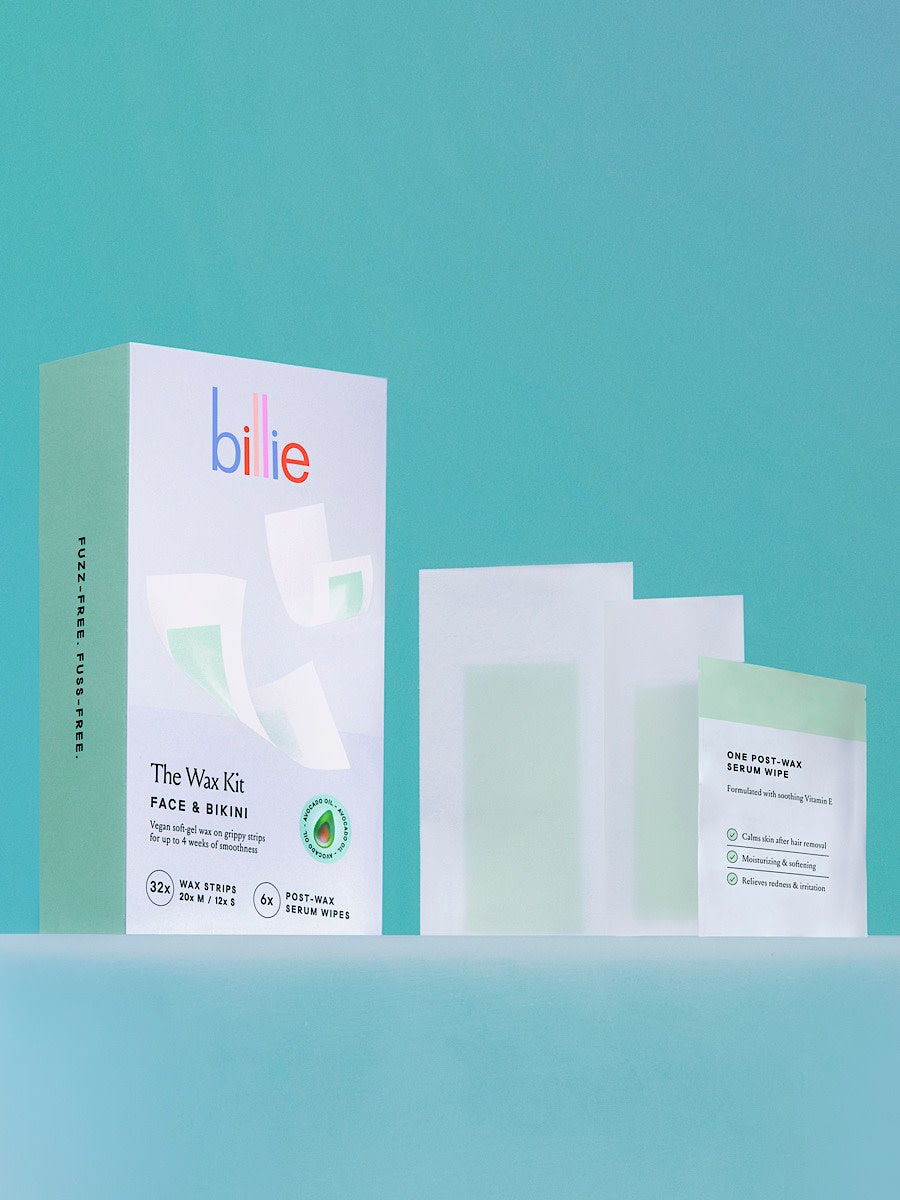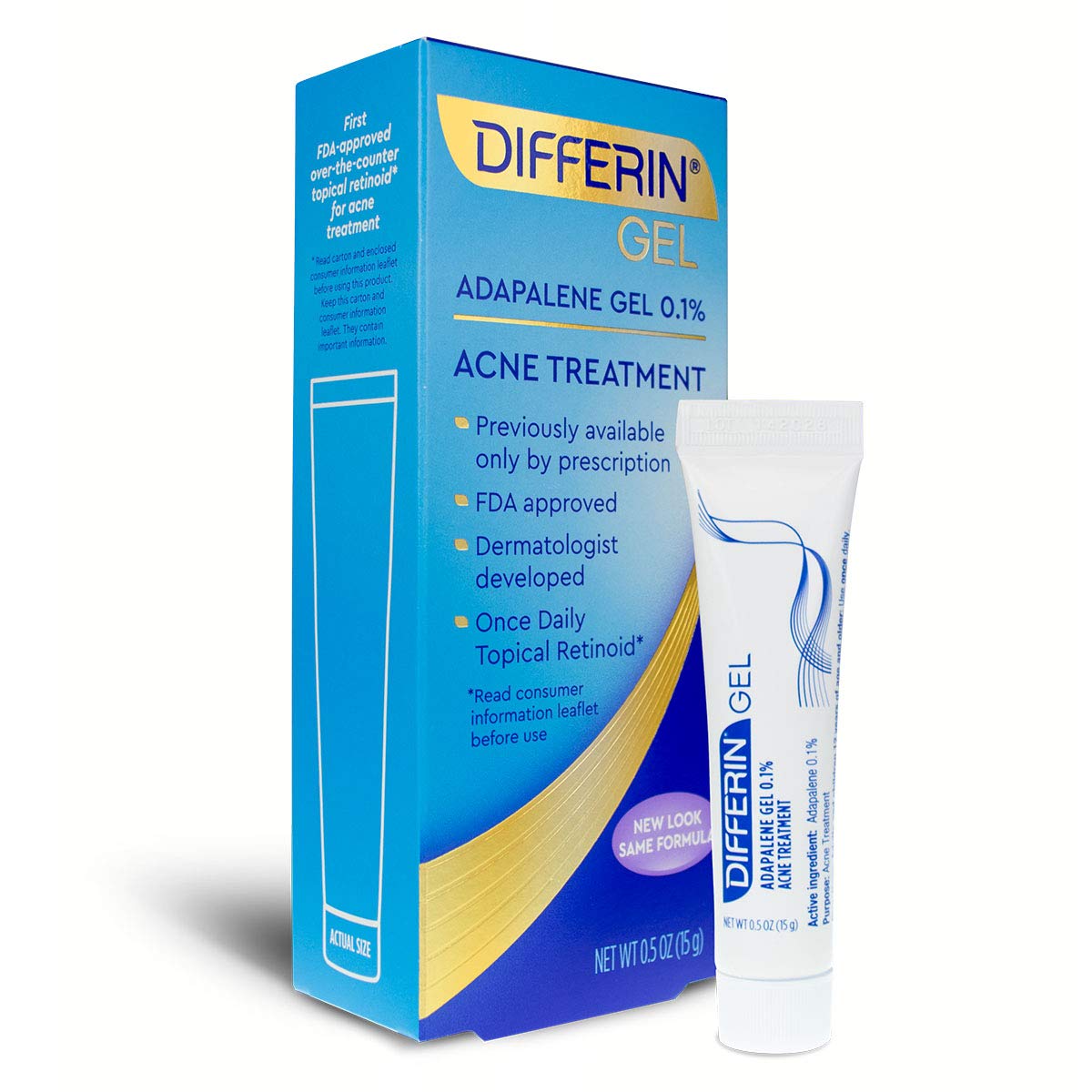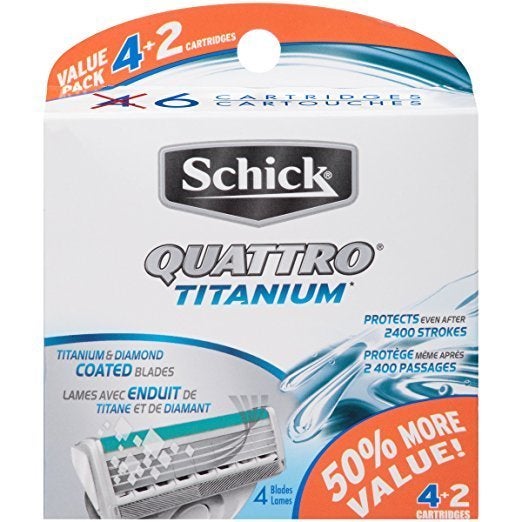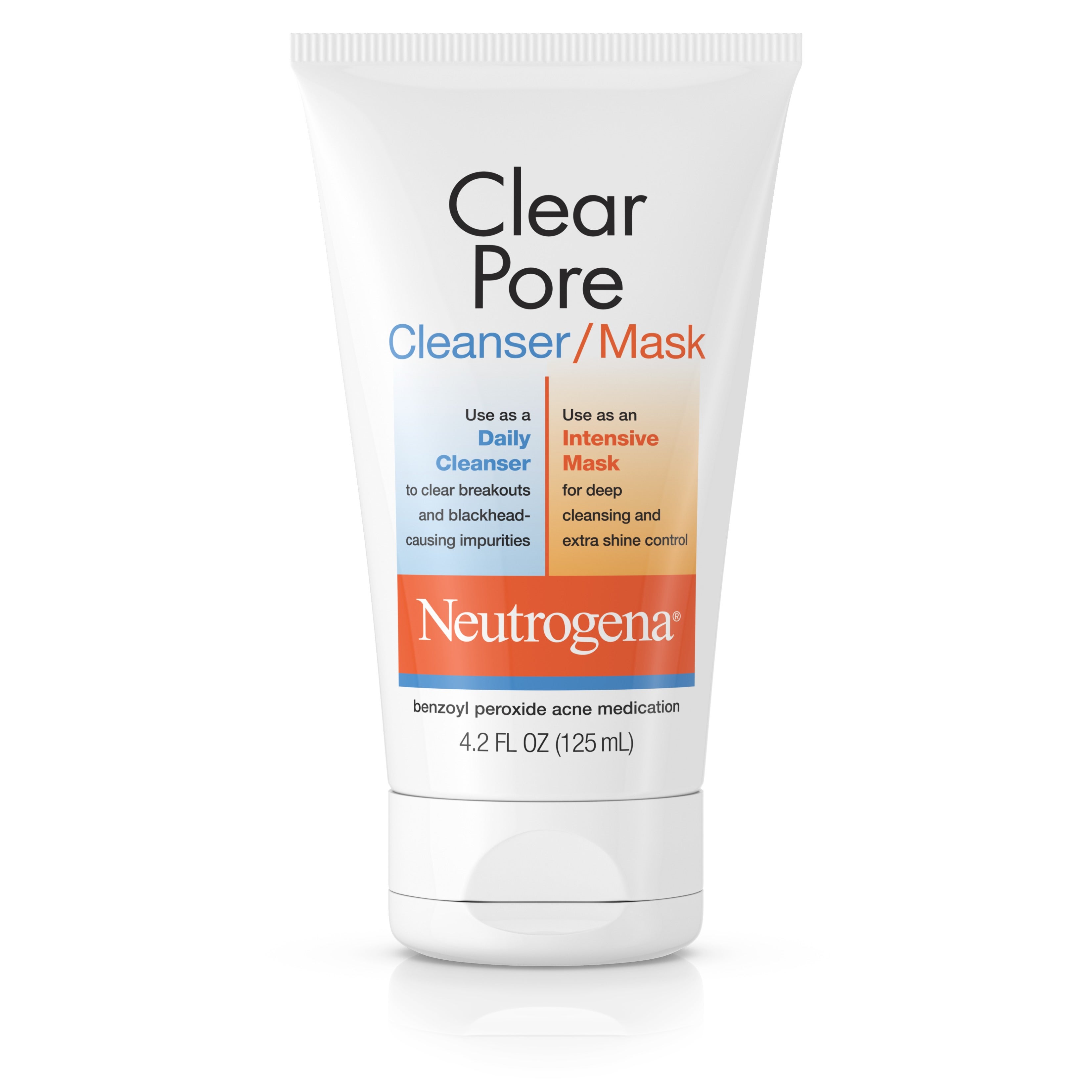If you're anything like me, you're constantly watching DIY TikTok videos and thinking, "I can do that." DIY is not a new concept in the beauty world — and now, more than ever, many are taking basic beauty appointments — from gel nails to eyebrow and eyelash tinting — into their own hands. But are you willing to delve into at-home bikini waxing yourself? With tons of at-home waxing kits available to order online, it might seem simple, but the reality is that it's complicated. According to San Francisco-based dermatologist Caren Campbell, MD, FAAD, many issues can arise with hot wax. "Waxing is best performed by a licensed aesthetician,” she says. “Proper care must be taken to ensure the procedure causes no burns, infections, or injuries.”
AdvertisementADVERTISEMENT
With this disclaimer in mind, know that it's not impossible to wax at home without issue if you have the right tools. If you must wax before salons open again, it's important you do it safely, so we spoke to experts to get the ins and outs of DIY hair removal.
Is waxing my bikini area at home safe?
Most experts say to avoid DIY hot waxing. "Is it possible? Yes, but waxing at home is an easy way to burn yourself, rip off the skin, or bruise," says Hanna Naranjo, an aesthetician at New York's Haven Spa. "The speed [necessary to successfully remove the wax] takes practice and if you rip too quickly, or in the incorrect way, you can bruise yourself or rip off the skin."
Still, if you're going to do it, Dr. Campbell has a few tips. "You want to make sure you aren't applying products that remove the top layers of skin or make it more sensitive," she says. In this case, any kind of chemical exfoliants, like retinol or AHAs, should be avoided for a full week beforehand.
Dr. Campbell also recommends steering clear of reusable waxes, which can spread germs and cause infection. "Viral and bacterial infections can be transmitted if the wax is reused or improperly transferred from the larger batch to the patient," she explains. Between burns and bacteria, Naranjo points out that pre-made wax strips are your best bet. "Wax that needs to be mixed and heated up is an invitation for burns and mess," she says.
AdvertisementADVERTISEMENT
How do I use a wax strip?
According to Allie Melnick, general manager of Flamingo, the safest way to use a wax strip at home is on clean, dry skin. "Using a swipe of micellar water on a cotton round prior to waxing can help make sure any excess oils are removed," she says. She also recommends doing a patch test on the inside of your arm before attempting a bikini wax. Most at-home strips — like those from Flamingo, Woo-Woo, Billie, and Glee — work the same and come ready to use.
Before waxing, the length of your hair should be taken into consideration. "For best results, make sure your hair is at least 2-5mm long," says MyAnh Nghiem, co-founder and head of communications at Glee. "If it's longer than that, you'll want to trim it down so the wax is most effective."
According to Nghiem, the best way to apply wax strips without causing irritation is in the direction of the hair's growth. Then, to remove, Melnick says to hold your skin taut, grip the end of the strip, and pull swiftly in the opposite direction of the hair's growth. "Pulling parallel and close to the skin will help minimize tension and make the process less painful," she says.
According to Nghiem, the best way to apply wax strips without causing irritation is in the direction of the hair's growth. Then, to remove, Melnick says to hold your skin taut, grip the end of the strip, and pull swiftly in the opposite direction of the hair's growth. "Pulling parallel and close to the skin will help minimize tension and make the process less painful," she says.
AdvertisementADVERTISEMENT
You might not get every last hair, but Melnick says it's best to avoid going back over that spot. "The skin in your pubic area is sensitive, so give it 24 hours to recover before waxing over the same spot," she says.
After waxing, Nghiem suggests avoiding alcohol-based products, deodorants, tight clothing, excessive sweating, and sex for at least a few hours to mitigate irritation, but alcohol-free moisturizer is fine. "It's important to let the area breathe," she says.
What should I do if I experience irritation from waxing at home?
If you've already waxed at home and are experiencing red skin or irritation, Dr. Campbell recommends applying hydrocortisone cream twice daily to the affected area. If your skin is left raw, she recommends cleaning it with diluted white vinegar and keeping the area moist with Vaseline. "Two cups of water and a quarter cup of white vinegar on a washcloth can help prevent infection," she says.
Is there a safer alternative to at-home bikini waxing?
Dr. Campbell notes that shaving is a much safer alternative, although not risk-free. "It's important not to leave the razor in the shower or any warm, moist environment where it can grow bacteria," Dr. Campbell says. "Apply shaving cream to soften the hairs, then shave in the direction of growth to avoid irritation." While shaving against the grain will provide a closer shave, it might irritate your skin more, she notes.
Dr. Campbell recommends using a four-blade razor, like Schick Titanium Quattro. "It's a great option for those allergic to nickel in other razors," she says. If red, pimple-like bumps — known as folliculitis — appear, Campbell says OTC treatments can help. "I recommend using Differin, Neutrogena Clear Pore, or a benzoyl peroxide wash to help minimize bacterial overgrowth on the skin, which can infect the hair follicle," she explains.
AdvertisementADVERTISEMENT
Ultimately, Naranjo says that it's better to be safe than sorry — especially while quarantined. "There's nothing wrong with going natural for a while," she says. "But if you can't live with the hair, then make sure you're super careful at home."
At Refinery29, we’re here to help you navigate this overwhelming world of stuff. All of our market picks are independently selected and curated by the editorial team. If you buy something we link to on our site, Refinery29 may earn commission.
AdvertisementADVERTISEMENT








